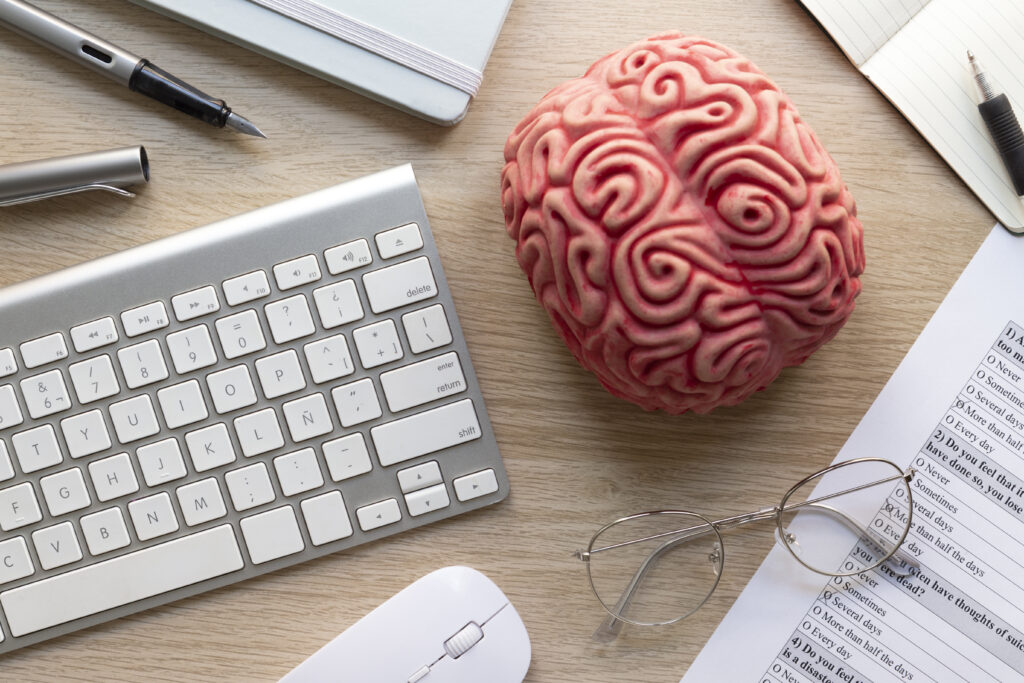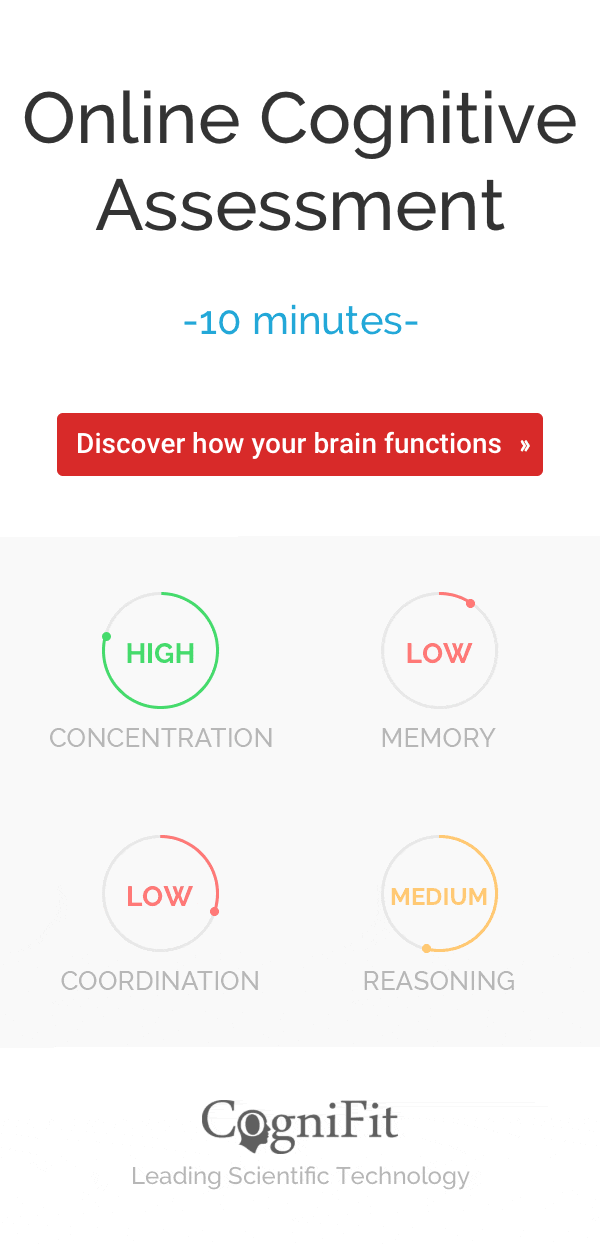
The Role of Memory in Professional Success: What It Is and Why It Matters
Let’s face it—forgetting important details at work can be more than just a minor annoyance; it can seriously derail your day. Whether it’s blanking on a client’s name during a meeting or missing a key deadline because it slipped your mind, memory plays a critical role in your professional success. But here’s the good news: you can train your memory just like you would a muscle. With the right strategies, you can sharpen your recall and stay on top of your game. We’ll explore what memory really is, break it down into bite-sized pieces, and share seven practical tips—tailored for the busy professional—to help you boost your memory and your productivity.

How Memory Fuels Your Workday
Think of your memory as the ultimate office assistant—always on hand to retrieve vital information, keep track of tasks, and remind you of important deadlines. But unlike your trusty notebook, memory isn’t just about scribbling things down; it’s a complex, dynamic system that involves various parts of your brain working in perfect harmony. Picture your brain as a well-oiled machine, with the hippocampus acting as the conductor, orchestrating the smooth flow of information.
Memory comes in different flavors, and understanding these can help you fine-tune your recall:
- Duration-Based Memory: Picture sensory memory as a sticky note—you jot something down, but it’s only there for a second before it fades away. Short-term memory, on the other hand, is like a to-do list on your desk—it holds onto information temporarily, such as meeting notes or that email you need to send. Long-term memory is your office archive, storing crucial information like client preferences or company protocols for the long haul.
- Information Type: At work, you rely heavily on verbal memory for remembering what’s said in meetings, during presentations, or in emails. Non-verbal memory kicks in when you need to recall a graph from a report or the layout of a project plan.
- Sensory-Based Memory: Your visual memory helps you remember the layout of a spreadsheet or the last slide in a presentation. Auditory memory? That’s your go-to for recalling the discussion points from a conference call. And if you’ve ever had to remember how to operate a tricky piece of office equipment, that’s where haptic memory comes into play.

Think of memory as a three-step process: First, you encode the information (like when you really listen to what your boss is saying). Then, you store it in your brain’s filing system. Finally, when you need it—whether in a meeting, writing an email, or pitching a client—you retrieve that information and put it to use.
7 Essential Memory Hacks for Busy Professionals
Storytelling for Presentations: Imagine you’re preparing for a big presentation. Instead of just memorizing the facts and figures, turn them into a story. For example, if you’re presenting a project timeline, think of it as a journey with each milestone being a key destination. By turning dry data into a narrative, you make it more engaging and way easier to remember when you’re in the spotlight.
Teach a Colleague: Got a new process to learn? Instead of just going over it in your head, explain it to a colleague. This forces you to organize your thoughts and really understand the material. Plus, it’s a great way to show leadership and teamwork—double win!
Memory Anchors in Your Office: Let’s say you need to remember to follow up on a client’s request later in the day. Place a specific object on your desk, like a brightly colored sticky note or a unique pen, as a visual anchor. Every time you see it, you’ll be reminded of that task, without having to constantly check your to-do list.
Create a Visual Task Board: Got a lot on your plate? A visual task board can be your best friend. Use a whiteboard or a digital tool to map out your tasks. Color-code them, add symbols, and connect related tasks. Not only does this keep you organized, but it also reinforces your memory of what needs to get done. Imagine looking at your board and instantly knowing your next move—that’s the power of visual memory!
CogniFit Brain Training: Now, here’s where things get really interesting. CogniFit offers a set of brain games designed specifically to sharpen the kind of memory skills you need at work. Whether you need to enhance your working memory to juggle multiple tasks, improve visual memory for reading complex charts, or boost short-term memory for recalling key details in meetings, CogniFit has you covered.
What truly sets CogniFit apart is its targeted memory training program. The platform offers specific exercises aimed at improving different aspects of memory, such as short-term memory, working memory, and contextual memory. These exercises are scientifically designed to stimulate the neural connections responsible for memory processes, ensuring that you’re not just playing games but engaging in a structured program that adapts to your needs.

The best part? The platform adapts to your progress, meaning the more you improve, the more challenging and rewarding the games become. What makes CogniFit perfect for the busy professional is its flexibility. Each session is short enough to fit into a coffee break or during your lunch hour. Plus, you get detailed progress reports that show exactly how much you’re improving—talk about motivation! Imagine finishing a tough week at work and seeing how your memory skills have leveled up. That’s a win for you and your career.
Invent Mnemonic Devices for Tasks: If you’ve got a process with multiple steps, try turning each step into a memorable word or phrase. For example, if you’re handling a client onboarding process, you could use the acronym “WELCOME” where each letter stands for a step in the process:
- W – Welcome the client warmly.
- E – Evaluate their needs.
- L – Learn about their business.
- C – Create a customized plan.
- O – Onboard them into your system.
- M – Monitor their progress.
- E – Engage with them regularly.
Practice Active Recall in Meetings: Instead of just jotting down everything in meetings, challenge yourself to mentally recap the main points every 10-15 minutes. Not only does this keep you engaged, but it also helps cement the information in your memory, so when your boss asks a question, you’ve got the answer ready to go.
By incorporating these exercises and tips into your daily routine, you’ll find yourself remembering more, stressing less, and performing better. Whether you’re turning a project into a story, using CogniFit to sharpen your skills, or creating mnemonic devices to breeze through processes, these strategies will help you excel in your professional life. So why wait? Start putting these tips into practice today, and watch your work performance reach new heights!
Disclaimer: CogniFit’s cognitive training and assessment tools are designed to promote cognitive stimulation and mental engagement. They are not intended to diagnose, treat, or prevent any medical condition. All information presented here is for educational and informational purposes only and should not replace professional healthcare advice.
The information in this article is provided for informational purposes only and is not medical advice. For medical advice, please consult your doctor.













